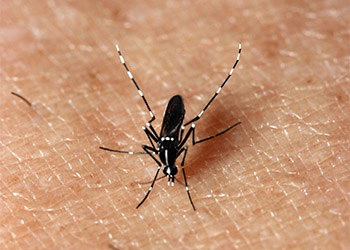Texans Should Expect Mosquito Population Explosion

Anticipating a significant increase in the state’s mosquito population, Texas A&M AgriLife Extension Service entomologists are offering tips on how Texans can help slow mosquito breeding in backyards and protect from being bitten.
“Mosquito populations are booming throughout the state and will likely not go away anytime soon after all our rains and flooding,” said Dr. Mike Merchant, AgriLife Extension urban entomologist in Dallas. “Not all of the mosquitoes swarming us right now are likely to carry disease, but West Nile virus-infected mosquitoes are beginning to show up in traps.”
Texas Department of State Health Services recently announced the first 2015 case of West Nile virus in the state, and Dallas County Health and Human Services just issued a health advisory reporting its first positive mosquito pool of the year.
Merchant added that chikungunya, another disease transmitted by mosquitoes, is on the radar of U.S. and state health officials as a growing concern. He said the virus is regularly brought into the U.S. by travelers, but as yet a human-to-mosquito-to-human cycle has not developed in Texas.
Continue reading in AgriLife Today.
This article by Paul Schattenberg originally appeared in AgriLife Today.





